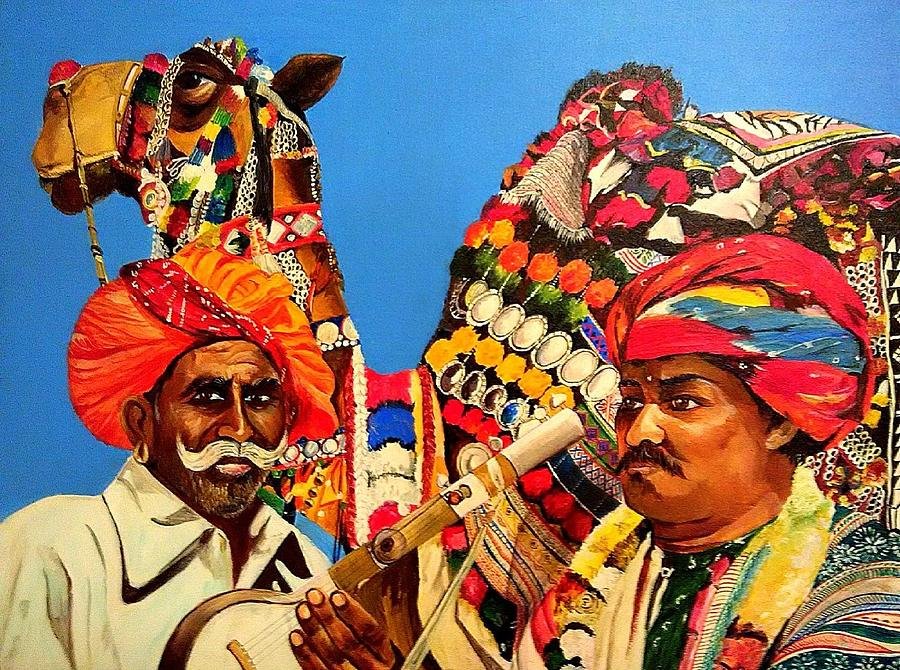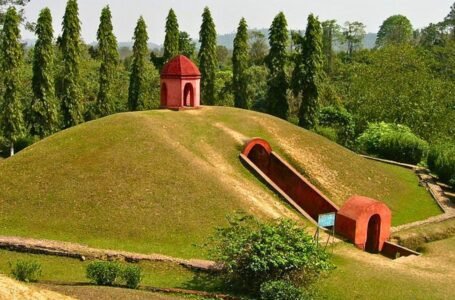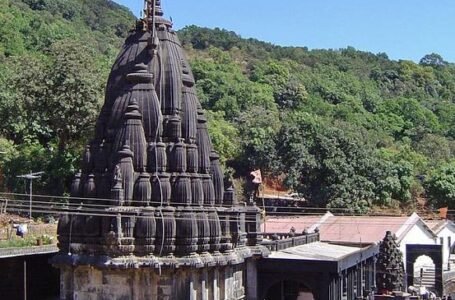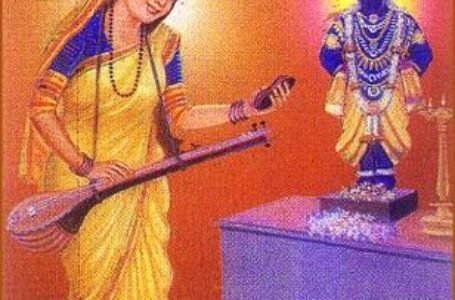FAIRS & FESTIVALS: TRADITIONAL MEDIA FORMS OF INDIA
- Ancient history
 Niharika Das Balwani
Niharika Das Balwani- February 6, 2022
- 0
- 565

FAIRS AND FESTIVALS
During the old days, fairs and festivals were the socializing event for people, they used to gather and meet each other once in a while, decorations were done and great feast was served. Fairs and festivals acted as a traditional media for our forefathers. Some traditional and cultural rituals were also performed like, the involvement of elders telling stories and performing folk dance and music. The culture still continues.

Ganesh Puja in India was a revolution for the freedom fighters. Lokmanya Tilak restarted the public precession of this festival to connect with each other and persuade them to be together. A 10-day-long celebration that is praised with all the commitment, Ganesh Chaturthi is one of the exceptionally adored Hindu celebrations seen in India. It denotes the introduction of Lord Ganesha – the child of Lord Shiva. The celebration starts with the establishment of symbols of divinity in homes and unique public pandals. For the following eight days, individuals love the icon with all intensity and jollity. Different contributions are additionally proposed to Lord Ganesha which incorporates desserts and natural products. On the last, i.e., the 10th day, the icon of the divinity is submerged in the water to finish up the merriments. On this day, different parades accompanying the gods of Lord Ganesha are completed to a water body for the drenching of the icon.
ONAM: The story behind Onam is captivating, it is believed that king Mahabali was a deep hearted devotee of Lord Vishnu, despite being a demon king. Mahabali conquered ‘the three worlds’ this resented the gods and Lord Vishnu emerged in ‘Vamana’ avatar (small Brahmin) and asked Mahabali for all his property, the king agreed and Vamana grew in size and covered everything the king ruled in just 2 steps! To hold onto what Mahabali said, he offered his head for the 3rd step. Impressed by Mahabali’s gesture Lord Vishnu allowed him to return his land once a year. That’s why we celebrate Onam, it marks the homecoming of the king Mahabali as well as the beginning of harvest season. It’s a 10 day festival with different ritual each day! People make pookalams (floral rangoli) with sacred flowers of Kerala, clean houses, visit temples and ancestral homes, buy traditional clothes, handicrafts, exchange gifts, serve festive meal- which contains 26 or 30 dishes! It is served on a banana leaf, the famous snake boat race is also held- known as ‘Vallam Kali’. On the 9th day, the preparations are at peak and it is believed that the spirit of Mahabali visits. On the 10th day people make rangoli with the rice flour batter at the entrance of their houses (marked as a welcome sign), donations are made for the poor and needy, traditional dance performances and fireworks are seen. Indeed Onam is a festival of joy!
RAMADAN: It is believed that the Qur’an was revealed to Prophet Muhammad in 610 CE in the cave Hira near Mecca by the God’s archangel Gabriel and recited him the first verses of ‘Surah Al-Alaq’. The holy Islamic book-Qur’an was born during the month of Ramadan. It is believed that when Ramadan comes, the doors of paradise are opened and the devil are put in chains. Ramadan is considered one of the ‘Five Pillars’ of the Muslim Community, it begins when the new moon is sighted (according to the lunar Islamic calendar). People strengthen their relations with Allah by fasting during the daylight, they are allowed to eat before the sunrise-known as ‘Suhoor’ and after the sunset- known as ‘Iftar’. The festive has it’s own aura! People decorate their homes with traditional lanterns, donate charity, offer extra prayers, spend time with loved ones. The last 10 nights of Ramadan are known as ‘Laylat Al-Qadr’ or the ‘Night of power’. It is believed that if one spend the nights praying and reading the Qur’an, the devotion is considered to be more rewarding than the 1000 months of devotion! The purpose of Ramadan is to teach kindness, patience, self-control, discipline and gratitude towards the almighty.

PUSHKAR MELA: The Pushkar Fair is India’s greatest tribal gathering. Started in 1998 as a cattle trade fair, where people brought and sold camels or horses. The fair slowly developed into a grand prospect. The fair goes for straight 7 days! during the Kartik lunar Month according to Hindu calendar, it is an important month for the pilgrims too. Apart from the livestock business, the main attraction of fair is colorful handicrafts, lip-smacking Rajasthani cuisine and competitions like ‘longest mustache’, ‘matka phod’, ‘bridal competition’ and so much more captivates attention of people from all over the world!
KUMBH MELA: According to Hindu mythology, Lord Vishnu released few drops of immortality nectar, carried in a kumbh (or pot), in four places where the holiday is celebrated now- Nashik, Prayagraj, Ujjain and Haridwar. The Kumbh mela of Ujjain started in 18th century by the Maratha king Ranoji Shinde, invited monks from Nashik to Ujjain for a local festival. The Kumbh Mela is the largest religious gathering, held after every 12 year, to celebrate every revolution Brihaspati (Jupiter) completes, people offer prayers and dip themselves in the holy rivers to relieve them and their ancestors of sin, thus ending the cycle of rebirth. India is a land of countless festivals, but nowadays we’ve started overlooking it’s authenticity and how unique our traditions are! We shall praise for being a part of our homeland and it’s culture. The story behind each festival not only tell us about the history but also make a special place deep our hearts.


